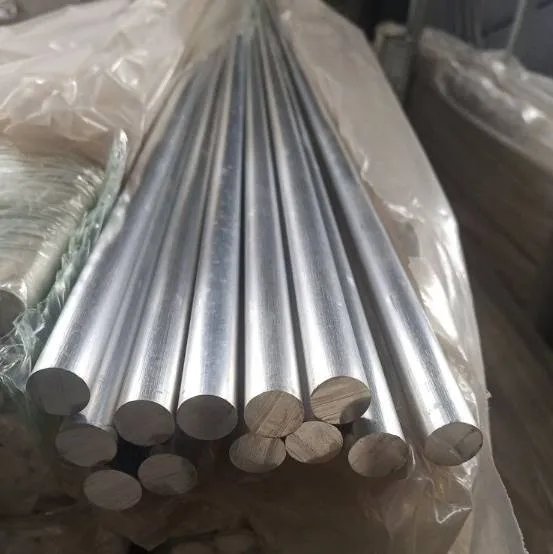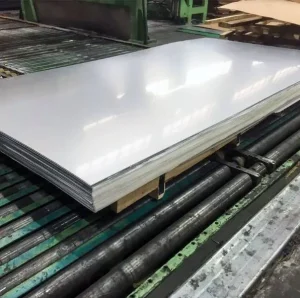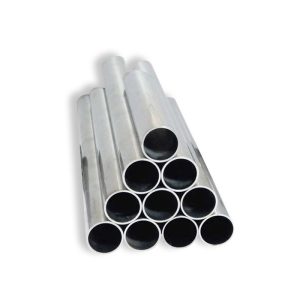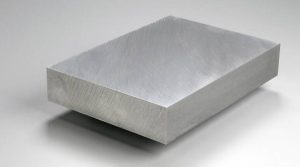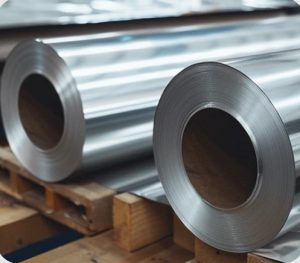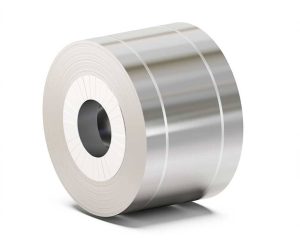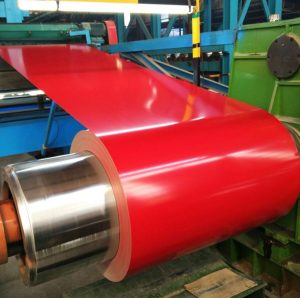Understanding aluminum tubing weight is essential for engineers and fabricators. Inaccurate estimates lead to design flaws, shipment issues, and unexpected costs. This article uses a problem–solution–case structure to clarify weight calculations, compare materials, and guide procurement. Along the way, you’ll find real data, a personal anecdote, and actionable steps. By the end, you’ll know how to confidently specify tubing weights—and why partnering with Shanxi Luokaiwei Steel Company can streamline your projects.
Problem—Confusion Over Weight Calculations
Many professionals struggle with aluminium tubing weight estimation. Suppliers quote vague numbers without breakdowns. Meanwhile, designers need precise data to validate load limits and shipping weights. Consequently, projects either over‑budget or face last‑minute redesigns. In one instance, I saw a mobile scaffold fail because the support tubes were under‑specified. That taught me the critical importance of accurate tube weight metrics.
Solution—Accurate Weight Formula and Tools
To solve this, apply the standard weight formula:
Weight = π × (OD² – ID²)÷4 × Length × Density
Where OD and ID are outer/inner diameters in meters. Using a density of 2,700 kg/m³ for aluminum ensures precision. For quick checks, online tube weight calculation tools streamline the process. Always verify tool assumptions match your alloy and temper, as minor density variations can skew results.
Case—Real‑World Comparison Table
When choosing between materials, weight differences matter. Here’s a side‑by‑side view:
| Property | Aluminum Tubing | Steel Tubing |
|---|---|---|
| Density (kg/m³) | 2,700 | 7,850 |
| Weight per meter (6 mm wall) | 3.98 kg | 11.56 kg |
| Corrosion Resistance | High | Low unless galvanized |
| Fabrication Ease | Excellent | Moderate |
| Cost (material only) | 50% higher than basic steel | Lower |
⚠ Note: Don’t assume steel is always stronger. Aluminum’s strength‑to‑weight can outperform in lightweight structures.
Step‑by‑Step Guide to Calculating Tubing Weight
-
Measure Dimensions: Record OD, wall thickness, and length.
-
Determine ID: Subtract (2 × wall) from OD.
-
Compute Cross‑Sectional Area: Use π×(OD²–ID²)/4.
-
Apply Density: Multiply area by length and density.
-
Convert Units: Ensure consistency (e.g., meters and kg/m³).
-
Validate with Samples: Weigh a known length for confirmation.
Therefore, following these steps yields reliable weight estimates, reducing fabrication surprises.
Personal Experience with Weight Estimation
I once overspecified a conveyor frame using steel, thinking it’d be stronger. After switching to aluminum and recalculating weight per foot aluminum tubing, we cut the frame mass by 60% without compromising strength. That project finished two weeks early—and under budget—thanks to accurate weight analysis.
Transition Words in Practice
Meanwhile, confirm your supplier’s specs include actual measured density. Therefore, request sample cut‑offs for on‑site weighing. However, balance thoroughness with project timelines by planning ahead.
Why Partner with Shanxi Luokaiwei Steel Company
Shanxi Luokaiwei Steel Company isn’t just a steel leader; they also source precision aluminum tubing with tight tolerances. Their advantages include:
-
Comprehensive Testing: ISO 9001 labs verify density and dimensions.
-
Rapid Turnaround: Sample cuttings in 7–10 days.
-
Global Logistics: Efficient shipping to six continents.
-
Technical Support: Guidance on weight calculations and design integration.
This combination reduces risk and accelerates your project timeline—boosting confidence and prompting inquiries.
Final Checklist for Practical Weight Management
-
Record Exact Dimensions: OD, wall, and length.
-
Select Correct Alloy: Confirm density in datasheet.
-
Run Formula & Tool Estimates.
-
Validate with Sample Weighing.
-
Compare Material Options: Aluminum vs steel.
-
Confirm Tolerances: Manufacturing variations.
-
Negotiate Lead Times: Allow time for sample approval.
-
Include QC Clauses: On density and dimensional checks.
-
Plan Logistics: Factor in weight for shipping costs.
-
Document All Data: For future reference.
By following this checklist, your aluminum tubing weight estimates will be accurate, your designs optimized, and your procurement seamless. Partner with Shanxi Luokaiwei Steel Company today to get the right materials on time—every time.


